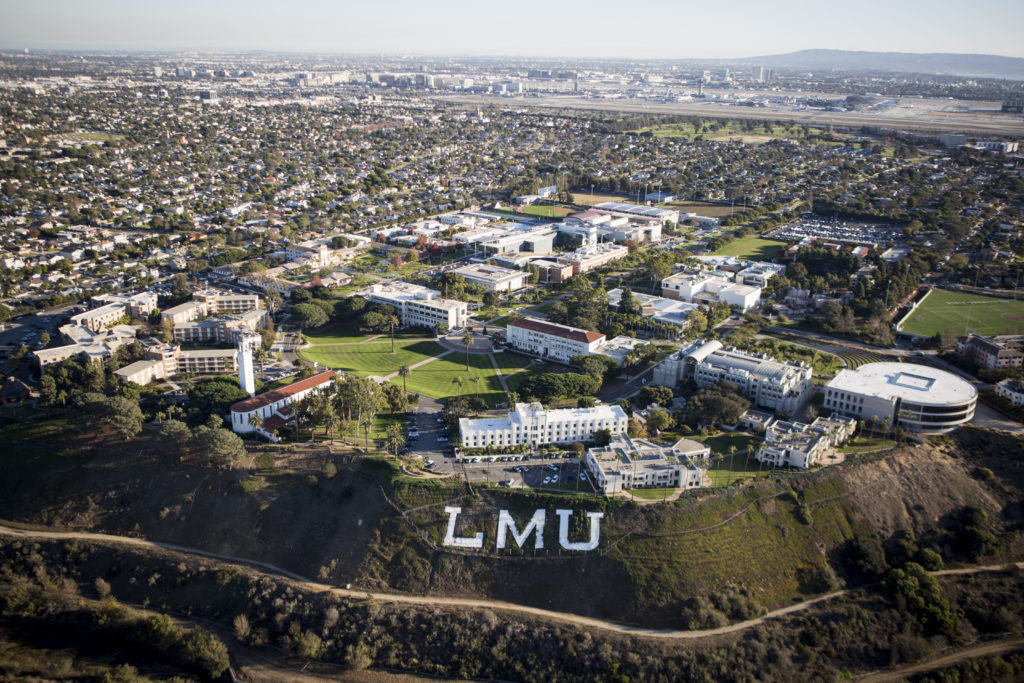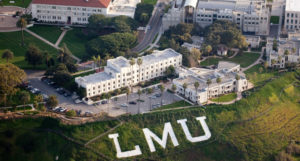Traffic defines life in Los Angeles. Much effort and money are devoted to studying the problems and then making traffic smoother, allowing each and every commuter a quick, reliable path to their destination.
Wi-Fi connectivity, in much the same way, defines higher education today. At Loyola Marymount University, the team responsible for the network infrastructure is laser-focused on making sure every user’s experience is a smooth and productive one.
“We’re very concerned with performance,” said Jeff Solomon, director of infrastructure technology with Information Technology Services. “You don’t want to be on Wi-Fi and have a buffered or choppy video.”
For LMU users, it is as simple a notion as streaming KXLU while studying or sending an email as they walk across campus. LMU currently has 1,815 access points, the primary onramp to the internet, according to Gary Hatter, senior network engineer with ITS. “Make wireless as excellent as we can make it – that’s our goal,” said Hatter. ITS has plans to add at least 200 more access points in the coming years.
Some of challenges faced by the ITS team involve expectations – students and staff expect the internet to be free, fast and everywhere – and some involve the architecture and geography of the campus. University Hall is particularly challenging because it is constructed mostly of steel and concrete — meaning the Wi-Fi signal is easily lost. When users complain about poor connectivity, ITS addresses them as quickly as possible.
Still, LMU favorably compares to other universities for Wi-Fi environment, and effort and money are directed to fulfilling present needs and anticipating the near-future environment. The key to staying at the forefront of technology is part responding to users’ needs and part diligently researching trends in the wireless industry.
“As recently as two years ago, two active ethernet ports were in each dorm room,” said Solomon. “We realized that fewer and fewer people were actually plugging in. We changed that M.O., so instead of activating ethernet cables, we invested in equipment that allowed for more Wi-Fi traffic. That investment has paid off as more students have wireless devices and equipment.”
Designing the Wi-Fi infrastructure has been a key to success, too. LMU has two networks to serve the campus community: a student network, and a separate network for staff, faculty and the business offices. This arrangement has the added benefit of being more secure.
ITS endeavors to make the whole campus wireless-capable at a high level. The dorms have been set up; the academic buildings and Gersten Pavilion; Alumni Mall and Sunken Garden are in the works, though outdoor venues pose their own connectivity challenges.




